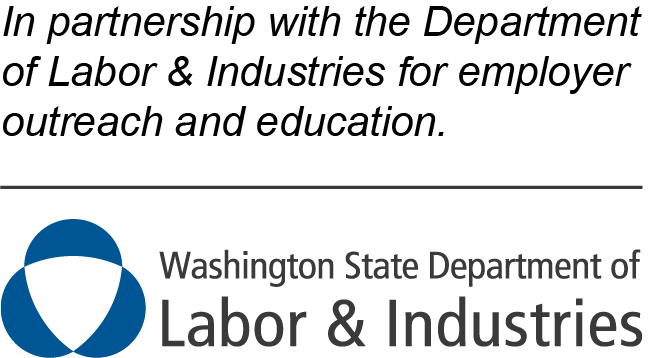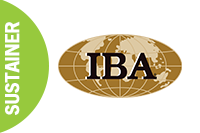
Every year from May 1 through September, employers in Washington state are required to take steps to protect employees working outdoors from heat illness. Physically demanding work, heavy clothing, and dehydration can put even the healthiest workers at higher risk for serious heat illness like debilitating heat exhaustion and life-threatening heat stroke.
Heat exhaustion can make workers more susceptible to falls, equipment-related injuries, and other on-the-job safety hazards.
Prevention is the best approach to protect workers. Ensuring your team is adequately hydrated is one of the best ways to protect outdoor workers during high temperatures. Follow safety requirements in applicable rules and use the resources on this page to plan, prepare, and train for prevention.
If your property has workers who work outside during warmer months, you may also need to update your APP to document your safety plan. Employers must take steps to prevent heat-related illnesses when outdoor temperatures reach:
- 52° F – Workers wearing non-breathable clothing
- 77° F – Workers wearing double-layer woven clothing
- 89° F – Regardless of clothing type
L&I may adopt additional heat-related rules to protect employees from outdoor heat risks. These rules may change throughout the season. Therefore, employers should check the L&I website and with local public health authorities for updates.
Employers are responsible for monitoring the temperature at the work site throughout the workday, unless they decide to fully implement all requirements in the rule. In other words, if employers decide to implement the outdoor heat protection rules for their workers regardless, they do not need to regularly monitor outdoor temperatures. Temperature records are not required.
While employers are always required to provide drinking water to employees regardless of the temperature, a sufficient amount of “suitably cool” drinking water must be available to employees working outdoors in temperatures of 89° F or higher. Keeping workers hydrated is an important step for preventing heat-related illnesses. Employees should drink small amounts of water more often in warmer temperatures.
Employees working in high-heat conditions are also entitled to cool-down rest periods of at least 10 minutes for every two hours in working temperatures of 89° F or higher. Employees should work in the shade as much as possible. It is also important to acclimatize to the changing weather conditions by slowly increasing time outside each day.
The above should be viewed as a baseline for outdoor heat protection measures. The Department of Labor & Industries may impose additional employee protections during periods of extended extreme heat conditions.
Additional Resources
Washington Hospitality Association



























